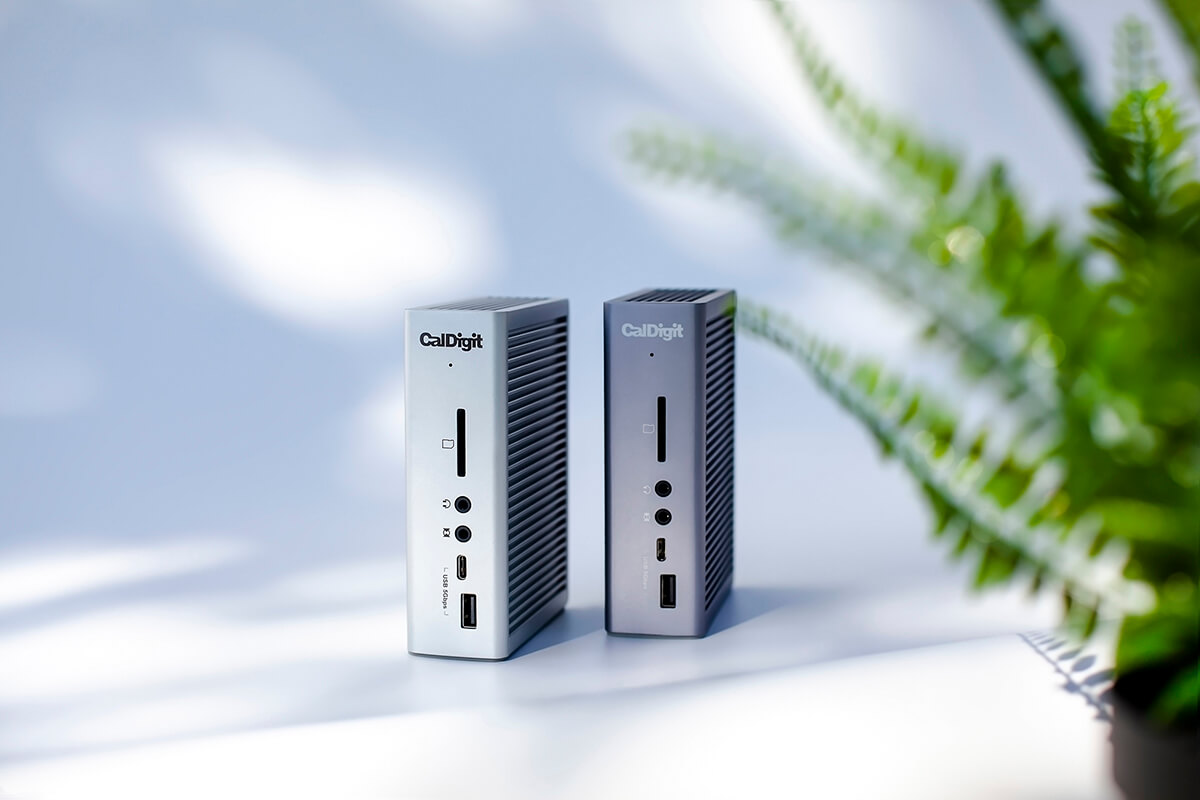How to connect an Apple USB SuperDrive to a newer Mac
Apple ditched the optical drive from most Macs about a decade ago—far before many pundits thought the company should. You could still buy an Apple-branded USB SuperDrive for reading and burning CDs and DVDs. It remains for sale to this day ($79), but Apple never updated the SuperDrive for more modern Macs and interfaces.
It’s a peculiar beast, too. The device’s sales page claims that “There’s no separate power adapter, and it works whether your Mac is plugged in or running on battery power.” But this is true only when it’s plugged directly into a USB Type-A port on a Mac, which not all modern Macs have. In other situations, it may be unable to draw enough power to operate.
The SuperDrive should only require 0.45 amps at 5 volts (2.25 watts), well within the normal range of a USB Type-A port, which is designed to comfortably offer up to 0.9–1.0A at 5V (4.5–5W), if not more. AC-powered external hubs and monitors with hubs built-in should easily meet this mark. Yet we’ve heard from readers (and can find ample accounts in online forums) about that not being the case. There’s something peculiar about the SuperDrive’s power demands that Apple’s USB ports accommodate.
Apple even notes in a footnote on a support page, “If your SuperDrive doesn’t respond when connected to an external display or USB hub, connect your SuperDrive to a USB port directly on your Mac.”
That’s not ideal if you have a Mac model starting in 2015 with only or primarily USB-C: you may not have all the ports you need for your other purposes and rely on a hub or dock to multiply your available Type-A and other ports.
If you’re okay taking up a USB-C port, at least when the drive is in use, Apple lists just three adapters that it sells as doing the trick: the USB-C Digital AV Multiport Adapter ($69), the USB-C VGA Multiport Adapter ($69), and the USB-C to USB Adapter ($19). Because I don’t have a USB SuperDrive, I can’t check whether other USB-C adapters will work. But note that Apple’s USB-C adapters are terribly overpriced compared to those available from other parties.
Some docks specifically call out their lack of compatibility with a SuperDrive, as one reader noted to their frustration and I mentioned in a recent Mac 911 column about figuring out the amount of power a dock you might consider buying can offer.
For instance, check out the following tech support notes:
- Belkin’s Thunderbolt Express Dock: The company lists four models and then notes, “The SuperDrive is designed for exclusive use with the above models that do not have a built-in optical drive.”
- Several IOGear dock models: A support page states bluntly, “No. The dock does not work with Apple Super Drive.”

On the other hand, you can also find docks that will let you use a SuperDrive, although a software driver has to be installed on your Mac, apparently to handle the power negotiation at a low level of the system. That includes:
- Other World Computing: Various of its docks will support a SuperDrive, but only with by installing the company’s Dock Ejector software, which provides low-level support for the dock.
- CalDigit: Several models of docks from CalDigit work with a SuperDrive driver that’s part of a download specific to each dock. This includes its Thunderbolt 4/USB 4 Element Hub.
With all that fuss, perhaps you should avoid putting money into a USB-C adapter or USB/Thunderbolt dock and just purchase a brand-new CD/DVD drive with either a USB-C connector, or with ordinary power requirements that allow it to be used with a Type-A adapter.
Both my dad and I rely on the LG 8x USB 2.0 Super Multi Ultra Slim Portable DVD+/-RW drive (what a name!). It’s under $30 from online retailers. The similarly-priced VersionTech supports USB 3.0 and can write CDs at 24x, if that even matters anymore. VersionTech builds a Type-A connector into the device, but includes a Type-C adapter, although the company warns against using a hub.
This Mac 911 article is in response to a question submitted by Macworld readers Alan and Eric.
Ask Mac 911
We’ve compiled a list of the questions we get asked most frequently, along with answers and links to columns: read our super FAQ to see if your question is covered. If not, we’re always looking for new problems to solve! Email yours to [email protected], including screen captures as appropriate and whether you want your full name used. Not every question will be answered, we don’t reply to email, and we cannot provide direct troubleshooting advice.
For all the latest Technology News Click Here
For the latest news and updates, follow us on Google News.
